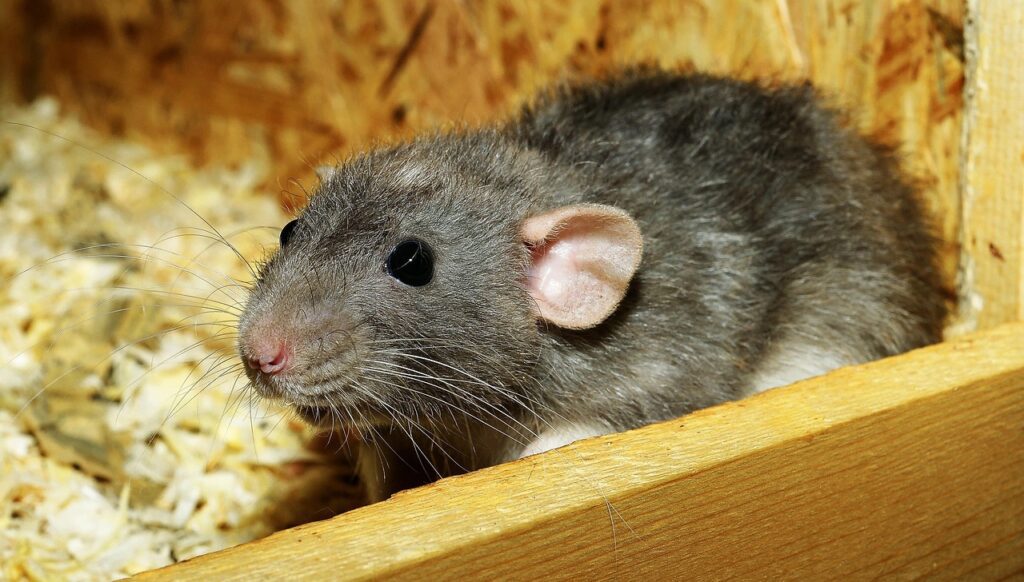As temperatures begin to drop, homeowners often assume that pest issues naturally fade. In reality, the opposite occurs. The shift toward colder weather triggers a surge in pest activity as insects, rodents, and other nuisance pests search for warmth, food, and shelter. Understanding how these seasonal changes influence pest behavior is essential for protecting homes and preventing infestations before winter fully arrives.
This guide explores how cold weather affects pest movement, why certain species become more active indoors, and what steps help maintain a stable and pest-resistant home environment.

Colder Temperatures Push Pests Indoors
When outdoor temperatures fall, pests that normally thrive outside begin seeking warmer areas where they can survive. Homes provide insulated walls, steady heat, moisture sources, and accessible food. This creates ideal conditions for invading pests such as ants, spiders, cockroaches, rodents, wasps, fleas, and mosquitoes.
During this seasonal shift, homeowners may notice:
- Spiders appearing in corners or basements as they search for warm hiding spots
- Rodents exploring garages and attics looking for shelter
- Cockroaches gathering near appliances for heat and moisture
- Ants trailing indoors through small cracks to reach food sources
Colder weather intensifies pest activity indoors because these species cannot survive prolonged exposure to freezing temperatures. Without proper preparation, even small gaps in a home’s structure can become entry points.
Recognizing the risks of seasonal shifts is especially important since many homeowners attempt to manage pests with store-bought sprays. However, the dangers of DIY methods often lead to worsening infestations or hidden colonies that remain untreated.
How Seasonal Changes Affect Different Pest Species
Not all pests respond to the cold in the same way. Each species has unique habits and survival strategies. Understanding these differences helps homeowners predict activity levels and prepare more effectively.
Common responses to cold weather include:
- Rodents: Seek indoor shelter immediately, often nesting in attics, wall voids, or garages
- Spiders: Move into undisturbed indoor areas to avoid outdoor temperature drops
- Cockroaches: Migrate toward heated areas like kitchens, bathrooms, and laundry rooms
- Ants: Tunnel deeper underground or move indoors when soil temperatures drop
- Fleas: Survive by attaching to pets or finding warm carpeting and upholstery
- Mosquitos: Decline outdoors but may persist in warm, damp indoor environments
As pest activity increases indoors, infestations become easier to overlook. Many pests remain hidden until populations multiply, making early detection essential for long-term control.
Moisture and Warmth Create Ideal Winter Pest Conditions
As outdoor temperatures decrease, pests actively search for warm, moist environments that mimic their natural habitats. Homes naturally provide these conditions, especially in areas with poor ventilation or excess humidity.
Moisture and warmth attract pests to:
- Bathrooms and kitchens that have steam, plumbing lines, or standing water
- Laundry rooms where humidity levels are consistently high
- Crawlspaces and basements that retain ground moisture
- Attics where insulation traps heat and humidity
Warm appliances like refrigerators, dishwashers, and water heaters also create ideal environments for pests to hide and breed. As winter approaches, homeowners should be especially cautious of these hotspots, as pests often settle there long before they appear in common living spaces.
Why Pest Activity Becomes More Aggressive Indoors
Once pests enter a home seeking warmth, their behavior changes. Food becomes more limited outdoors, so pests become more aggressive in their search for accessible sources. Rodents chew through packaging, cockroaches forage during daylight hours, and spiders explore more frequently as they hunt other insects already inside.
This increased pest activity can lead to:
- Contamination of pantry items and surfaces
- Property damage from gnawing rodents
- Larger indoor spider populations as they hunt migrating insects
- Accelerated cockroach breeding cycles due to constant warmth
- Unseen pest movement inside wall voids and attic insulation
During colder months, pests reproduce and travel more frequently indoors because the environment is stable and protected. This makes consistent monitoring essential in preventing small issues from becoming severe infestations.
Guides that assist in choosing the right plan emphasize long-term seasonal strategies rather than one-time treatments, which often fail to curb winter pest pressure.
Seasonal Prevention Steps to Reduce Indoor Pest Activity
While cold weather increases indoor pest pressure, homeowners can reduce risks by strengthening their home’s defenses before temperatures drop further. Small adjustments can significantly limit pest access and reduce conditions that attract overwintering insects and rodents.
Important winter preparation steps include:
- Sealing cracks around windows, foundation lines, and utility entrances
- Reducing indoor moisture with ventilation, dehumidifiers, or leak repairs
- Keeping pantry items stored in airtight containers
- Clearing clutter to eliminate pest hiding spots
- Maintaining clean floors and surfaces to reduce food debris
- Inspecting attics, basements, and garages for early pest activity
These steps help decrease pest attraction while improving home safety, but they work best when combined with professional oversight. Seasonal pest activity is often subtle, and DIY methods rarely address underlying causes or hidden colonies.
Final Thoughts on Cold Weather and Pest Behavior
As temperatures drop, pest activity does not slow down. Instead, it shifts indoors, creating an increased risk of infestations that develop quietly behind walls and in sheltered areas. Understanding how cold weather affects pest movement allows homeowners to prepare more effectively and recognize early warning signs.
Layering preventative steps with professional inspections offers the most reliable protection. A well-prepared home minimizes pest pressures before winter arrives and keeps living spaces safer, healthier, and more comfortable year-round.
A Warmer Home Should Not Invite More Pests
For dependable winter protection and expert strategies tailored to seasonal pest activity, contact Fisher’s Pest Control for long-term solutions built around year-round safety and comfort.





